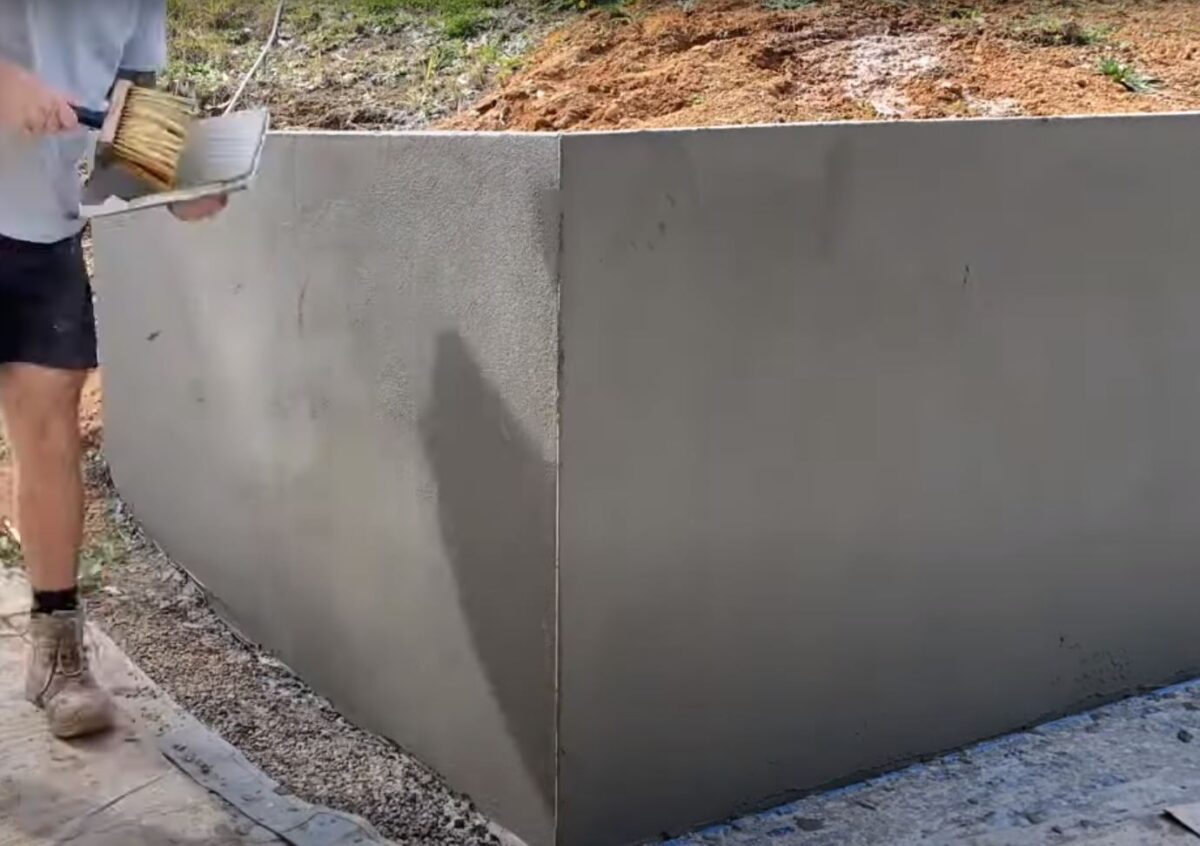When diving into the world of home renovations, especially in Auckland, understanding your options for wall finishes is crucial. The terms “drywall” and “solid wall plastering” often come up, and discerning their difference is essential for making informed decisions for your project.
Drywall: A Quick Overview
Drywall, commonly known as gib board or plasterboard in New Zealand, is a panel made of gypsum plaster pressed between two thick sheets of paper. Here’s a bit more about it:
- Speed of Installation: One of the main advantages of drywall is its quick installation time.
- Cost-effective: In general terms, drywall is more budget-friendly than solid plastering.
- Insulation: Drywall boasts decent insulating properties, ensuring interiors remain warm in the winter and cool during summer.
- Flexibility: Drywall gives a smooth finish, primed for either painting or wallpapering.
Solid Wall Plastering: Digging Deeper
Solid plastering involves the application of plaster finishes to exterior and, at times, interior surfaces. This method is lauded for its durability and aesthetic finish:
- Durability: Solid wall plastering is renowned for its wear and tear resistance. In Auckland homes, it’s commonplace for these walls to last for decades without any significant signs of wear.
- Finish: This method offers a seamless, smooth finish, adjustable to various textures and appearances.
- Weather Resistance: Given the unpredictable Auckland weather, solid plastering’s resistance to moisture — and its ability to let moisture evaporate — is a distinct advantage.
- Versatility: Beyond walls, it’s often employed for decorative mouldings and features.
Council Bylaw Requirements: Navigating Auckland’s Rules
The Auckland Council has set stringent standards for plastering quality, especially in suburbs like Ponsonby and Mt Eden. Following particular building codes is vital, especially when dealing with exterior tasks or heritage structures. Exterior plasterers in Auckland are well-versed with these regulations, ensuring your project’s compliance.
Tools and Materials: A Deep Dive
For those keen on the intricacies of the process, here’s a look at the common tools and materials associated with plastering:
For Drywall:
- Tape: Essential for covering the joints between sheets.
- Joint Compound: Primarily used for embedding the tape and providing finishing touches.
- Drywall Saw & Utility Knife: Perfect tools for shaping and cutting drywall.
For Solid Wall Plastering:
- Plastering Trowel: Crucial for plaster application.
- Hawk: A handheld board to hold your plaster.
- Straight Edge & Screed: These tools ensure your plastered surface remains flat.
- Float: Employed to smoothen the plaster post-application.
Why Professionals Are The Way To Go
Given plastering’s technical nature and Auckland’s specific standards, it’s often wise to seek professional plasterers in Auckland for the job. Solid plastering requires precision, expertise, and in-depth knowledge of Auckland’s specific requirements. With the variety of options available, why take the risk? Enlist a professional to guarantee that your home not only looks stunning but also meets all the regulatory requirements.
Cost Breakdown (NZD)
| Service | Average Cost |
| Drywall Installation | $58.50 – $71.50 per square metre |
| Solid Wall Plastering | $78 – $104 per square metre |
In Summary
Whether you’re contemplating drywall or venturing into solid plastering, knowing each option’s ins and outs is pivotal for your project’s success. Auckland’s unique requirements and particularities require attention to detail and an adherence to standards. The intricacies of plastering, more so with exterior plastering, highlight the importance of trusting professionals for the task. Proper plastering in Auckland homes demands expertise, precision, and a keen eye. If you’re planning such a venture, trusting professionals is the ideal approach.
Frequently Asked Questions on the Cost Differences between Drywall and Solid Wall Plastering
1. Why is solid wall plastering more expensive than drywall? Solid wall plastering involves a more intricate process than drywall installation, requiring skilled craftsmanship and more materials. Additionally, the drying time and multiple layers involved contribute to its higher costs.
2. Is the price difference worth it when considering durability? Yes, for many homeowners. Solid wall plastering is renowned for its durability and resistance to wear and tear. It can last for decades without showing significant signs of wear, especially when maintained properly.
3. Are there any hidden costs involved in both methods? Like any construction or renovation project, unforeseen challenges can arise. For drywall, you might incur additional costs for painting or finishing. For solid wall plastering, potential repairs to the underlying structure or prepping the surface might add to the costs.
4. How do Auckland’s council bylaws impact the cost? In certain Auckland suburbs like Ponsonby and Mt Eden, there are specific building standards and codes to adhere to, especially for exterior work or heritage structures. Meeting these requirements might involve additional processes or materials, potentially influencing the overall cost.
Key Takeaways
- Solid wall plastering involves a more intricate process than drywall, which often results in higher costs due to the skilled craftsmanship and materials required.
- Despite the higher initial expense, solid wall plastering offers superior durability and can remain in excellent condition for decades with proper care.
- Auckland suburbs like Ponsonby and Mt Eden have specific building codes that might influence the overall plastering costs, especially for heritage structures or exterior work.
- While DIY might appear cost-effective initially, plastering requires expertise. Errors can lead to more extensive future expenses, making it advisable to hire professional Auckland plasterers.
- Both solid wall plastering and drywall come with maintenance considerations, but solid wall plastering might require periodic checks due to exposure to external elements, affecting long-term costs.
